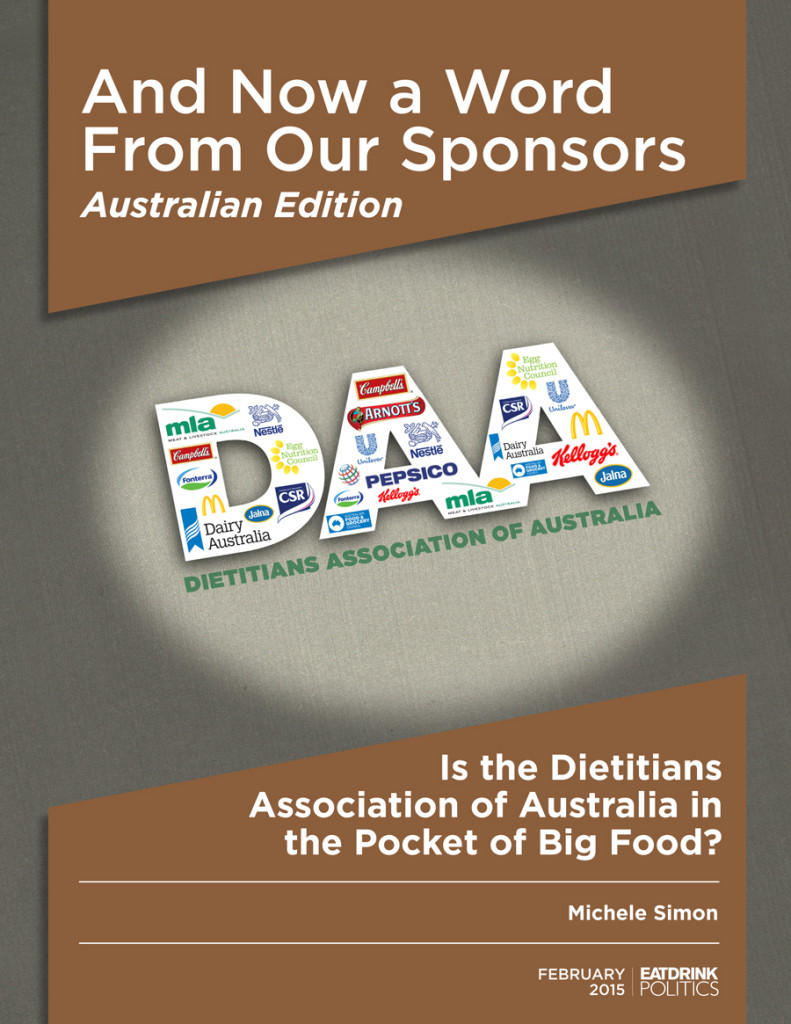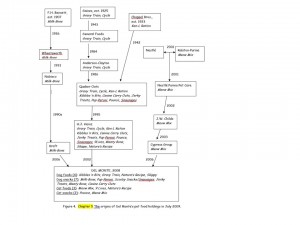The Washington Post says that the 2015 Dietary Guidelines Advisory Committee is about to drop the long-standing guideline about restricting dietary cholesterol.
The 2010 Dietary Guidelines said “Consume less than 300 mg per day of dietary cholesterol.”
This is about the amount in one egg.
I have no idea what’s going on. The Advisory Committee report has not yet been released so I don’t know what it says (I’ve heard rumors that it is to be released this week, which could mean late Friday afternoon on a holiday weekend).
Recall: no matter what the Advisory Committee says in its report, it does not write the Dietary Guidelines. The agencies—USDA and HHS—do whatever they choose with the committee’s research report.
If the Committee really is dropping the guideline, I’d like to see its research rationale.
I’m wondering if research sponsored by the egg industry could have anything to do with this.
See, for example, this recent study concluding that people with coronary heart disease don’t have to worry about eating eggs.
We found no evidence of adverse effects of daily egg ingestion on any cardiac risk factors in adults with CAD over a span of 6 weeks.
You have to read the study carefully to find the funding source (these are usually at the end of articles, but this one is in the middle):
Disclosures. This study was conducted with funding from the Egg Nutrition Center/American Egg Board and the Centers for Disease Control and Prevention (Grant
No. 5U48DP001945-05).
And you have to read the tables carefully to find out that 90.6% of the subjects in this study were taking statins, nearly 90% were taking drugs to lower blood pressure, and nearly 80% were taking aspirin. The discussion, however, does not mention this point making this study a classic example of the problems with conflicts of interest in research.
If the Advisory Committee is dropping the cholesterol recommendation, could it be because so many people are taking statins that dietary cholesterol doesn’t appear to matter so much anymore?
This story is getting a lot of press. Here’s one from USA Today that quotes me and changes my name as it goes along (they have now fixed that).
Can’t wait to see what the report really says.




